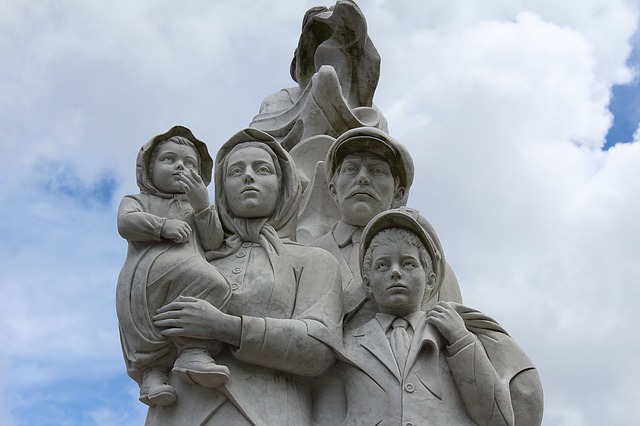
After decades of pushing toward the creation, nurturing, and expansion of all sorts of international trade alliances, monetary unions and multi-country spaces enjoying the free movement of goods and people, the past decades have been characterized by the resurgence of social and political interests seeking a world of closed borders. This movement has taken different shapes and forms across the globe. In some instances, constitutional changes have rendered stateless thousands of native-born individuals who had earned citizenship by birth, as was the case in the Dominican Republic after 2010. In other cases, countries have closed their borders as refugee flows increased—a phenomenon we have seen repeat itself across a number of European nations. Nevertheless, nowhere has the switch in immigration policy been as dramatic as in the US.
Since the early 2000s, the US has embarked on an unprecedented escalation of immigration enforcement. Federal legislation and executive actions over the past two decades have dramatically altered the scale and scope of immigration enforcement—creating a system that relies heavily on state and local law enforcement to identify, arrest, detain, and deport non-citizens. Federal laws passed in 1996 and 2001 introduced a new era of immigration enforcement, in which state and local criminal justice systems play a major role in the enforcement of federal immigration law, and significantly scaled up the detainment and deportation of non-citizens. By the mid-2000s, restrictionist state and local laws began to take root, further fusing immigration enforcement with state and local law enforcement agencies. These efforts were made possible through partnership programs, like 287(g) and Secure Communities, which deputized local law enforcement agencies to enforce federal immigration law. Subsequently, associations between local police and immigration enforcement grew. It remains unclear what Americans gained from such actions; yet, the costs are becoming somewhat more palpable, especially as time goes by.
There are 11.4 million undocumented immigrants living in the US, most of whom (66%) have been living in the country for more than a decade. As a result, more than 4.5 million American children, including an estimated 8% of all US-born children, have an undocumented parent. So far, the literature has documented a number of unintended consequences of intensified immigration enforcement, which range from household relocation to living in the shadows. A growing number of American children now endure a higher likelihood of life in poverty following restricted access to employment opportunities and the deportation of breadwinning household heads. They exhibit worse schooling outcomes, have a higher propensity to end up in foster care, and, not surprisingly, lack the interest to be civically engaged as they reach adulthood.
A better understanding of the collateral damage of intensified immigration enforcement on US citizen children and immigrant families is crucial. Not only because some of the sought after goals, such as reducing crime in the case of Secure Communities, do not seem to have materialized, but also given President Trump’s delivery of anti-immigration campaign promises. Further empirical evidence might help inform the public and guide us toward a joint effort to enact a comprehensive and more humane immigration reform.
© Catalina Amuedo-Dorantes
Read Catalina Amuedo-Dorantes's article The good and the bad in remittance flows.
Please note:
We recognize that IZA World of Labor articles may prompt discussion and possibly controversy. Opinion pieces, such as the one above, capture ideas and debates concisely, and anchor them with real-world examples. Opinions stated here do not necessarily reflect those of the IZA.